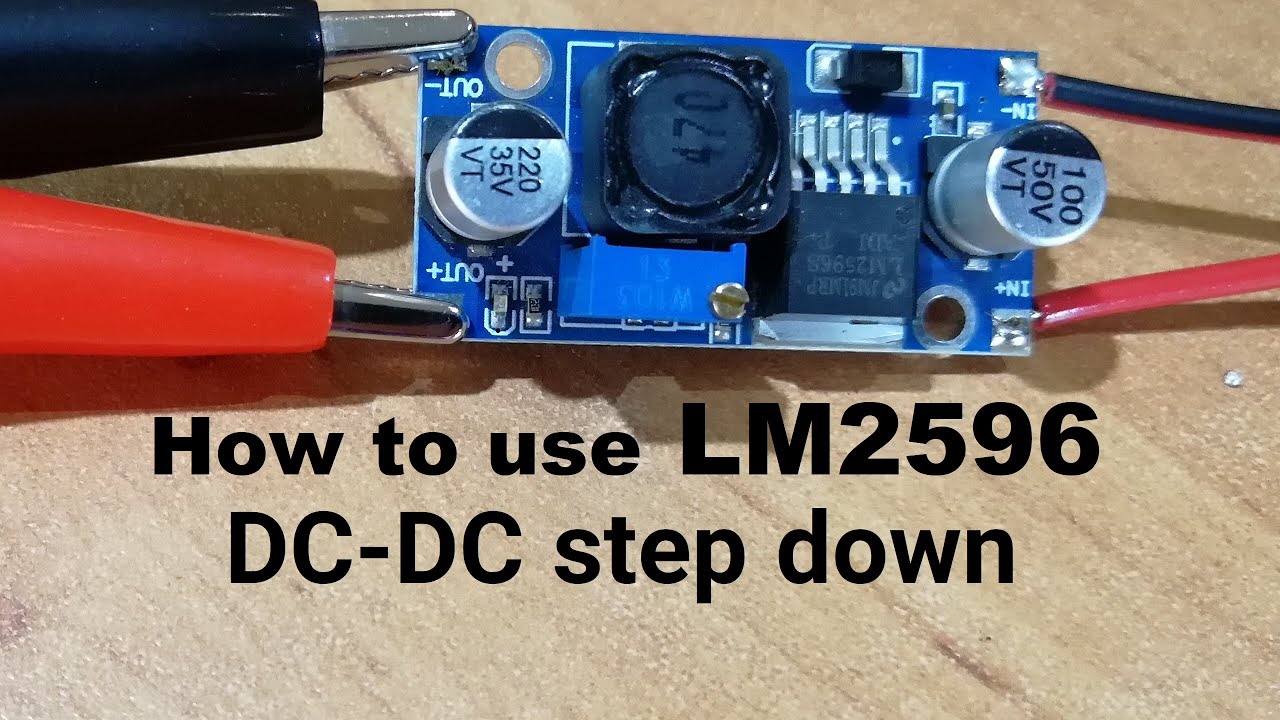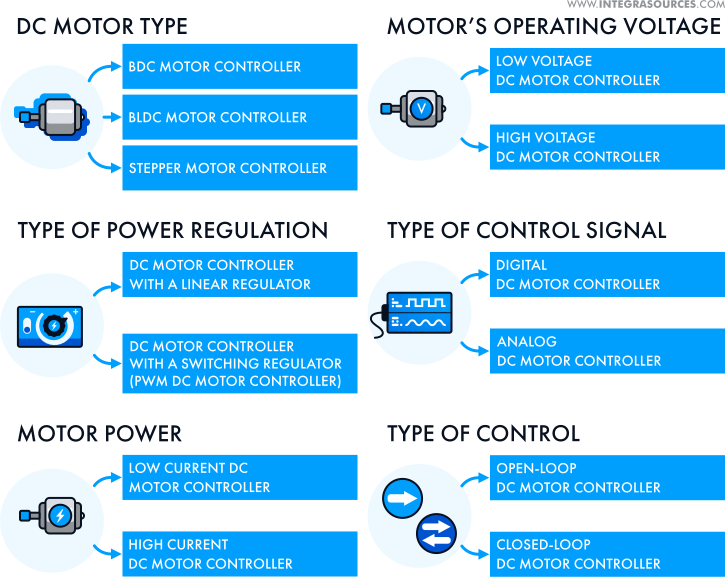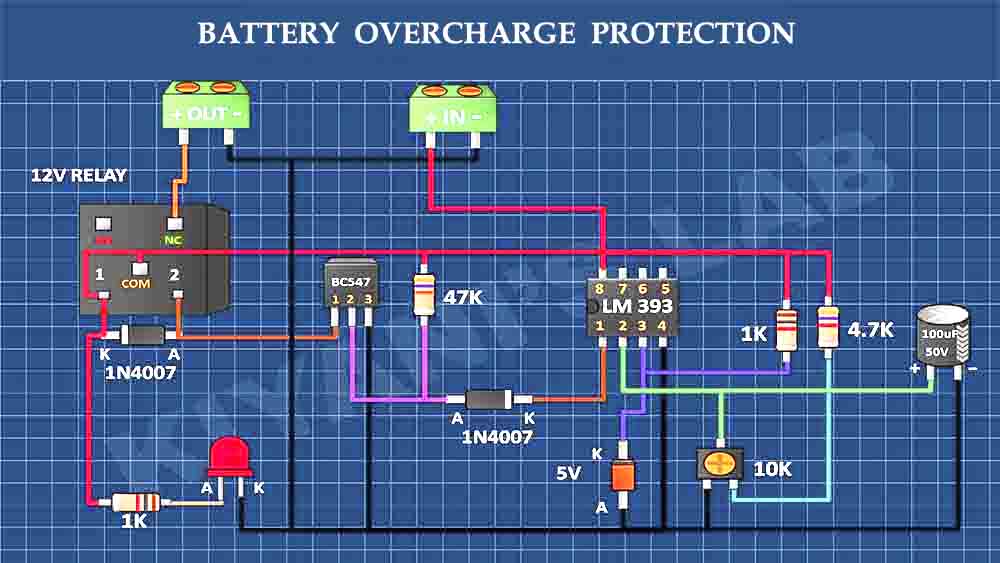How to Use a Power Resistor for Load Testing
Load testing is an essential part of ensuring the reliability and performance of electronic devices. Power resistors can be a valuable tool for load testing, allowing you to simulate real-world conditions and evaluate how your device performs under different loads. In this guide, we will walk you through the steps of using a power resistor for load testing.
What is a Power Resistor?
A power resistor is a type of resistor that is designed to handle high power levels. They are typically used in applications where high power dissipation is required, such as in load testing, braking systems, and power supplies. Power resistors come in various types, including wire wound resistors, ceramic encased resistors, and aluminum housed resistors.
Choosing the Right Power Resistor
When selecting a power resistor for load testing, it is essential to consider the power rating, resistance value, and the tolerance of the resistor. The power rating of the resistor should be higher than the power dissipation of the device under test to prevent overheating. The resistance value should be chosen to match the load required for testing, and the tolerance of the resistor will determine how closely the actual resistance matches the stated value.
Connection and Setup
Before connecting the power resistor, make sure to disconnect the device under test from any power source to avoid damage. Connect one end of the resistor to the positive terminal of the device and the other end to the negative terminal. Ensure that the connections are secure and that there is no risk of short circuits.
Load Testing Procedure
Once the power resistor is connected, you can begin the load testing procedure. Gradually increase the load by adjusting the resistance value of the resistor until you reach the desired load level. Monitor the performance of the device under test and look out for any signs of overheating or malfunction. Make sure to record the results of the test for future reference.
Safety Precautions
When performing load testing with a power resistor, it is essential to take the necessary safety precautions to prevent accidents and damage to the device. Always wear appropriate protective gear, such as gloves and safety goggles, when handling power resistors. Make sure to follow the manufacturer’s instructions for the power resistor and the device under test to avoid any mishaps.
Conclusion
Using a power resistor for load testing can help you evaluate the performance and reliability of your electronic devices under different load conditions. By following the steps outlined in this guide and taking the necessary safety precautions, you can ensure that your devices are ready for real-world applications. Remember to choose the right power resistor for your testing needs and monitor the performance of your devices closely during testing.
How to Use a Power Resistor for Load Testing
Load testing is an essential part of ensuring the reliability and performance of electronic devices. Power resistors can be a valuable tool for load testing, allowing you to simulate real-world conditions and evaluate how your device performs under different loads. In this guide, we will walk you through the steps of using a power resistor for load testing.
What is a Power Resistor?
A power resistor is a type of resistor that is designed to handle high power levels. They are typically used in applications where high power dissipation is required, such as in load testing, braking systems, and power supplies. Power resistors come in various types, including wire wound resistors, ceramic encased resistors, and aluminum housed resistors.
Choosing the Right Power Resistor
When selecting a power resistor for load testing, it is essential to consider the power rating, resistance value, and the tolerance of the resistor. The power rating of the resistor should be higher than the power dissipation of the device under test to prevent overheating. The resistance value should be chosen to match the load required for testing, and the tolerance of the resistor will determine how closely the actual resistance matches the stated value.
Connection and Setup
Before connecting the power resistor, make sure to disconnect the device under test from any power source to avoid damage. Connect one end of the resistor to the positive terminal of the device and the other end to the negative terminal. Ensure that the connections are secure and that there is no risk of short circuits.
Load Testing Procedure
Once the power resistor is connected, you can begin the load testing procedure. Gradually increase the load by adjusting the resistance value of the resistor until you reach the desired load level. Monitor the performance of the device under test and look out for any signs of overheating or malfunction. Make sure to record the results of the test for future reference.
Safety Precautions
When performing load testing with a power resistor, it is essential to take the necessary safety precautions to prevent accidents and damage to the device. Always wear appropriate protective gear, such as gloves and safety goggles, when handling power resistors. Make sure to follow the manufacturer’s instructions for the power resistor and the device under test to avoid any mishaps.
Conclusion
Using a power resistor for load testing can help you evaluate the performance and reliability of your electronic devices under different load conditions. By following the steps outlined in this guide and taking the necessary safety precautions, you can ensure that your devices are ready for real-world applications. Remember to choose the right power resistor for your testing needs and monitor the performance of your devices closely during testing.



